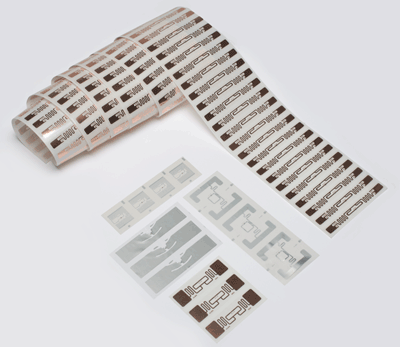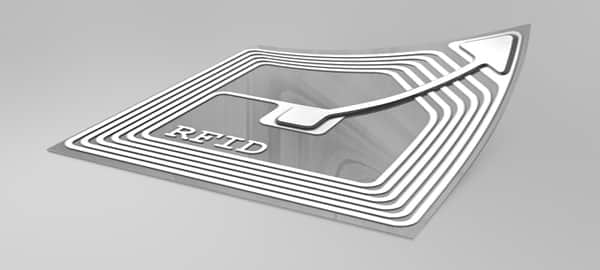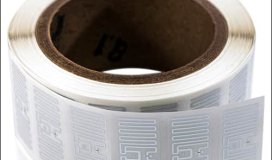Even with a perfect RFID hardware configuration, the success of the entire system depends on the ability to obtain a consistent read from your RFID tags. With zero visibility of your assets, all of your planning and testing will go to waste if the RFID tags are not properly affixed to materials. Here are thirteen tips to help you successfully deploy RFID tags in the field.

RFID Tag Best Practices
1. Attach your tag only after you’ve completed the association process, and you’ve verified the tag is in working condition.
2. Place your tags in a location where they will be protected from impacts during transportation of materials. At the very least, attach your RFID tags in a location where the effects of impacts will be minimized. If you expect the tags will be seeing some heavy hits, you may want to consider a durable RFID tag with a hard shell.
3. For tagged materials commonly lifted and moved around, make sure moving parts such as rigging hooks won’t knock off your RFID tags.
4. If you’re tagging crates which are tightly stacked together, make sure your tag doesn’t change the profile of the crate. The tag may be knocked off when the crates are pushed flush against each other.
5. Some RFID labels have human-readable components, so make sure the label can still be seen after tagging materials.
6. RFID tags don’t need line of sight, but be aware of your environment. If the surrounding area consists of metal and water, be sure you have on-metal RFID tags designed for performance in non-traditional areas.
7. Properly secure your tags to the asset. If the tag is dangling or not properly attached, you run the risk of dislodging the tag and/or poor read rates.
8. To improve your read range, point the tag upwards and away from the asset. (Watch our video for other tips on improving read ranges.)

9. When tagging a shipment of metal pipes or containers, mount your tag on the outside of the outermost asset. A proper placement will reduce the effects of dampening and improve read rates and range.
RFID Tag Attachment Options
10. Cable Zip Tie – Some hard shell RFID tags will have mounting holes which are perfect for zip ties. In outdoor applications, you’ll need industrial strength zip ties which won’t degrade due to harsh UV light and temperature variances. Also, industrial zip ties have a more dependable locking mechanism. One last thing to consider, the zip ties need to be the correct width for the tag’s mounting holes.
11. Screw Attachment – Screws are a common attachment method for RFID tags, especially for wooden and metal assets. Galvanized screws are recommended in outdoor applications as they are less likely to rust. When you affix the tags to the material, be sure to apply the proper amount of torque so that the tag doesn’t slowly come unscrewed.
12. Wire – When you need an attachment method more permanent than a zip tie, but you’re not able to drill holes into the asset or asset container, a wire rope will be the best option. When choosing wire, select a Nylon coated wire rope rated for extreme temperatures and extended exposure to UV rays.
13. Epoxy – In some applications, RFID tags are embedded directly into assets and covered with a protective epoxy. If you’re embedding tags, make sure you’ve selected an RFID tag that will not be affected by the properties of the asset and its surrounding area. Also, make sure the epoxy doesn’t affect the performance of the tag.



